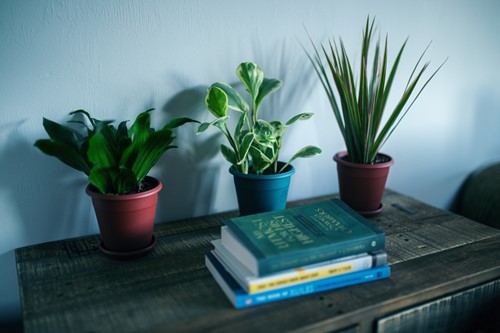
Dying plants are a reality for every gardener and houseplant owner at some point in their lives. However, the more you know about common causes of death, the better you can prevent it and keep your plants healthy. Here are some of the most common causes of dying houseplants:
Watering plants too much and too often is the most common cause of dying houseplants. No matter the type of plant, it's very likely you don't need to water it as much as you would expect. Many popular houseplants are native to drought conditions, like succulents and cacti. While others like monstera and pothos come from tropical regions, they like to dry out completely before being watered.
Always check the soil with your finger or a moisture meter before you water. If it's wet, keep waiting until it dries out. Over-watering can lead to root rot, which can be impossible for a dying plant to recover from.
All plants need sunlight to live. With very few exceptions, even those plants marketed as “low-light” houseplants cannot survive without some natural light. Lack of light can cause discoloration, stunted growth, stretched-out or “leggy” growth patterns and other issues if not addressed.
If you think your plants are struggling due to lack of light, try moving them to a different spot with more sun. Make sure to do so gradually, however, as a sudden move won't give the plant time to adjust to a new environment. If you don't have enough natural light, try full-spectrum LED grow lights for additional support. While they can't fully replace the sun, they can make a huge difference in saving a dying plant.

As a native Floridian who enjoys the active lifestyle, it's easy to understand why Jim Hatch Loves
the Treasure Coast and Northern Palm Beaches so much. As the leader of Hatch Group Properties
real estate team, making an impact in the community is what drives him to be his best each and
every day.